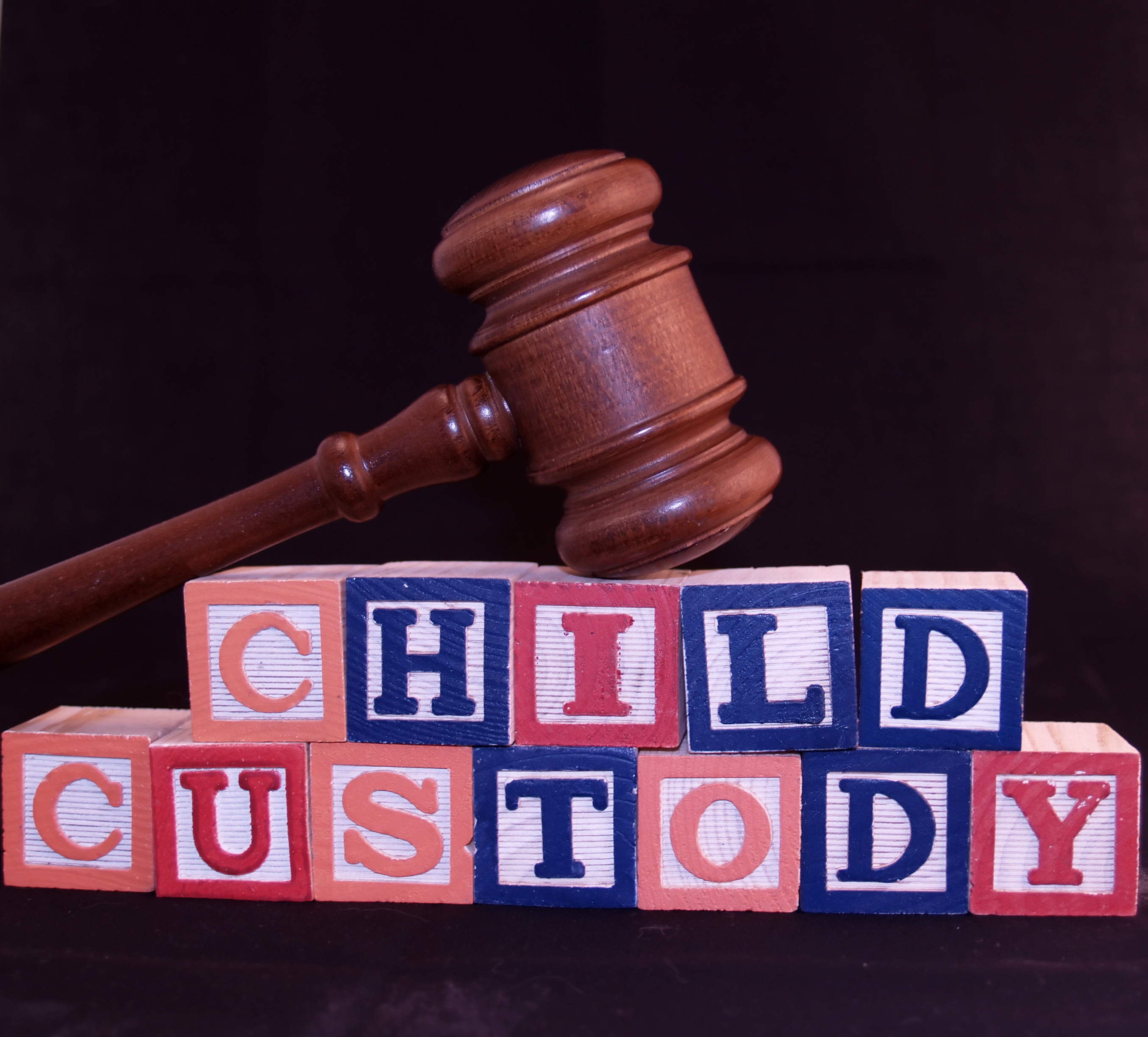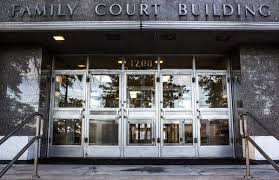![]()
Table of Contents
Introduction to the Military Former Spouse’s Protection Act
The Military Former Spouse’s Protection Act (MFSPA) or as it is also known the “Uniformed Services Former Spouses’ Protection Act (USFSPA)” is a federal law that was enacted in 1982 to address the issues surrounding the division of military retirement benefits in divorce cases. As military retirement pay is considered property, it can be divided between the service member and their former spouse during a divorce proceeding. The MFSPA clarifies the rights of former spouses and ensures that they receive their fair share of the military retirement pay. In this blog post, we will discuss the MFSPA, its implications on military divorces, and the new open period created by the National Defense Authorization Act (NDAA) of 2023.
The Military Former Spouse’s Protection Act Explained
Before The Military Former Spouse’s Protection Act, there was no standard for the division of military retirement pay in divorce cases. Courts in different states had their own interpretations and methods for dividing this property. The MFSPA establishes a legal framework for the treatment of military retirement pay in a divorce, ensuring that former spouses receive the benefits they are entitled to.
Under The Military Former Spouse’s Protection Act, also known as the Uniformed Services Former Spouses’ Protection Act (USFSPA), military retirement pay is considered “disposable retired pay,” which is the amount of retired pay available to the service member after deducting any outstanding debts, fines, or other obligations. Disposable retired pay can be divided between the service member and the former spouse, either as a fixed dollar amount or as a percentage of the total retirement pay.
Factors Influencing the Division of Military Retirement Pay
Several factors influence the division of military retirement pay, including:
- Length of marriage: The length of the marriage is an important factor in determining the percentage of retirement pay that a former spouse is entitled to. Generally, the longer the marriage, the higher the percentage of retirement pay the former spouse may receive.
- Overlap between marriage and military service: The court will also consider the number of years during which the marriage and military service overlapped. This is known as the “marital overlap” and plays a significant role in determining the former spouse’s share of retirement pay.
- Jurisdiction: State laws and court decisions play a crucial role in determining the division of military retirement pay. Some states follow the “community property” approach, where all marital property, including retirement pay, is divided equally between the parties. New York, however, follows the “equitable distribution” approach, where the court divides the property based on various factors, such as each spouse’s financial needs, contributions to the marriage, and earning capacity. New York specifically divides the pay by dividing the number of years of marriage, by the number of overlapping years of military Service. However, the years of service and rank are capped at the time of the divorce.
The 10/10 Rule and the Former Spouse’s Eligibility for Direct Payment
The 10/10 Rule is an important aspect of the Uniformed Services Former Spouses’ Protection Act (USFSPA). This rule states that the former spouse is eligible for direct payment of their share of the military retirement pay from the Defense Finance and Accounting Service (DFAS) if:
- The marriage lasted for at least 10 years, and
- The service member performed at least 10 years of military service that is creditable towards retirement during the marriage.
If the former spouse meets these requirements, they can apply for direct payment from the DFAS, ensuring that they receive their share of the retirement pay without relying on the service member to make the payment. If the 10/10 Rule is not met, the former spouse may still be entitled to a portion of the military retirement pay, but they will not receive direct payment from the DFAS. In such cases, the parties must work out an alternate payment arrangement, which may involve the service member making the payment directly to the former spouse or through a state-ordered garnishment.
Many people falsely believe that the 10/10 rules means that the spouse is automatically entitled to half of the retired pay. Under The Military Former Spouse’s Protection Act (or Uniformed Services Former Spouses’ Protection Act) this is utterly false.
Survivor Benefit Plan (SBP) and Former Spouses
The Survivor Benefit Plan (SBP) is a critical component of the military retirement system, providing financial protection to the service member’s surviving beneficiaries in the event of their death. Under The Military Former Spouse’s Protection Act (Uniformed Services Former Spouses’ Protection Act) former spouses can also be designated as SBP beneficiaries. This designation ensures that the former spouse continues to receive a portion of the service member’s retirement pay even after their death.
To qualify as an SBP beneficiary, the former spouse must meet specific requirements, such as being married to the service member for at least one year or having a child together. The service member and the former spouse can agree to designate the former spouse as an SBP beneficiary during the divorce process, or the court can order the service member to provide SBP coverage for the former spouse.
The election must be made in one year of the judgment of divorce. Congress in the National Defense Authorization Bill of 2023 reopened the election period until January 2024. However, as of the date of this blog, DFAS has not been complying with the law.
Blended Retirement System (BRS).
The National Defense Authorization Act (NDAA) of 2016 introduced significant changes to military retirement benefits, including the creation of a new open period for service members and their former spouses. This open period allows service members to make a one-time election to switch from the legacy High-3 retirement system to the Blended Retirement System (BRS). The BRS combines elements of the traditional pension system with contributions to the Thrift Savings Plan (TSP), a defined-contribution retirement plan similar to a 401(k).
The new open period has significant implications for military divorces and the division of retirement benefits. Service members who opt to switch to the BRS may see a reduction in their monthly pension payments, which could impact the amount of retirement pay that the former spouse is entitled to. Additionally, the division of TSP contributions may require a separate court order, known as a Qualified Domestic Relations Order (QDRO), to ensure that the former spouse receives their fair share of the retirement savings.
Navigating Military Divorce and the MFSPA
Divorcing a service member can be a complex process, particularly when it comes to understanding the Military Former Spouse’s Protection Act and the division of military retirement benefits. It is essential to consult with an experienced attorney who specializes in military divorce and is well-versed in the intricacies of the MFSPA and the implications of the National Defense Authorization Act of 2023.
Conclusion
In conclusion, the Military Former Spouse’s Protection Act ensures that former spouses of service members receive their fair share of military retirement pay in a divorce. The new open period created by the National Defense Authorization Acts of 2016 and 2023 add complexity to the division of retirement benefits, making it crucial for both service members and their former spouses to understand their rights and responsibilities under these federal laws. Call retired Lieutenant Colonel (JAG) Gary Port at (516) 352-2999 for a consultation.













